
Roots
To journey into the heart of textured hair is to trace an ancient lineage, a living chronicle etched in each curl, coil, and wave. It is to recognize not merely a biological attribute, but a vibrant repository of stories, wisdom, and resilience passed down through generations. How do contemporary textured hair practices reflect ancestral wisdom?
This question opens a dialogue with the past, revealing that our current ways of nurturing and adorning textured hair are often echoes of ingenious practices honed over millennia, steeped in cultural significance and spiritual reverence. These practices stand as a powerful testament to the enduring spirit of Black and mixed-race communities.
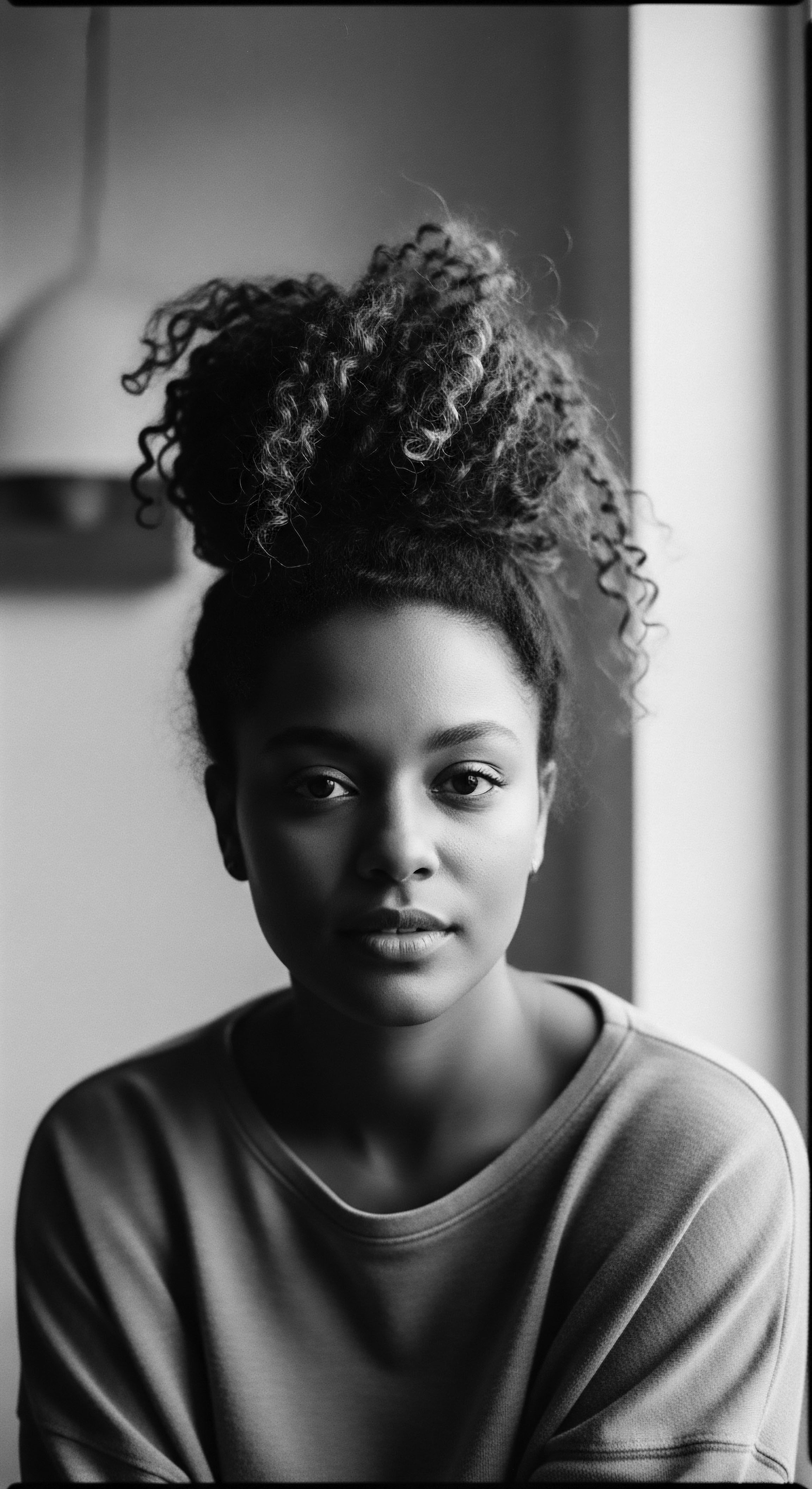
Hair Anatomy and Its Ancestral Understanding
The very structure of textured hair, with its unique helical twists and varying curl patterns, has been understood, cared for, and celebrated in African societies long before modern science provided its detailed anatomical explanations. Pre-colonial African communities observed that hair grew in distinct ways, necessitating specific care to maintain its vitality. This understanding wasn’t codified in scientific journals but lived in the skilled hands of communal braiders and the accumulated wisdom of herbalists. They recognized that hair, particularly its root, connected the individual to the spiritual realm and the cosmos itself.
In many African cultures, hair, being the highest point of the body, was believed to be a conduit for spiritual interaction with the divine. This reverence meant that hair care was not a mundane task but a sacred ritual, often reserved for close family members.
Textured hair practices today often carry the subtle, yet powerful, echoes of ancestral knowledge.
The varying degrees of curl in textured hair, from loose waves to tight coils, influence its natural hydration, strength, and propensity for tangling. Ancestral practices instinctively addressed these intrinsic qualities. For instance, the traditional use of rich plant-based oils and butters, such as Shea Butter (derived from the nuts of the African shea tree, a staple in West African savannahs) and Argan Oil (native to Morocco), provided essential moisture and protection.
These natural emollients countered dryness, a common challenge for textured hair due to its structure, which makes it more difficult for natural oils from the scalp to travel down the hair shaft. Contemporary formulations for textured hair often feature these same ingredients, validating centuries of empirical wisdom.

Classifying Textured Hair and Its Cultural Threads
Modern textured hair typing systems, while helpful for product selection, can sometimes inadvertently create hierarchies or reinforce Eurocentric ideals of beauty. However, historically, distinctions in hair were deeply meaningful, signifying tribal affiliation, marital status, age, wealth, and social standing. The intricate patterns of braids and styles acted as a visual language. For example, specific cornrow patterns could indicate whether someone was from the Wolof, Mende, or Ashanti tribes.
In ancient Egypt, hairstyles were visible symbols of hierarchy, with elaborate wigs of human hair, wool, and plant fibers adorned with gold or beads. This rich cultural history shows us that classification wasn’t about a rigid numerical system, but about belonging, identity, and narrative.
- Yoruba Hair Craft In Yoruba cosmology, hair is considered sacred, a medium of spiritual energy connecting individuals to ancestors and deities. Hairstyles, such as the ‘Irun Kiko’ thread-wrapping style, conveyed meanings related to femininity, marriage, and rites of passage.
- Himba Ochre Locks The Himba tribe of Namibia wears dreadlocked styles coated with a paste of red ochre, butter, and goat hair, symbolizing their connection to the earth and their ancestors, with specific styles indicating age and marital status.
- Fulani Braids Women of the Fulani tribe traditionally plait their hair into five long braids, often decorated with beads, cowrie shells, and silver coins, serving as heritage symbols.

Hair’s Cycles and Environmental Wisdom
The natural growth cycle of hair, its periods of growth, rest, and shedding, was understood through observation and integrated into ancestral care routines. Historical environmental factors, such as climate and available natural resources, shaped these practices. Communities learned to work with their environment, utilizing local flora for hair treatments.
For instance, in northeastern Ethiopia, traditional plant knowledge reveals that 17 plant species are used for hair and skin care, with leaves being the most frequently utilized part for topical applications like shampoos and conditioners. This deep ecological knowledge, passed down through oral tradition and lived experience, is the bedrock upon which modern practices can build, reminding us that healthy hair flourishes when its needs are met holistically, with reverence for its natural rhythms and surroundings.

Ritual
The styling of textured hair has never been a mere act of adornment. It is a profound ritual, a living art form passed through hands and hearts across generations, deeply influencing traditional and contemporary styling heritage. This section explores how textured hair practices reflect ancestral wisdom through the lens of techniques, tools, and transformations, revealing the inherent heritage embedded in each carefully crafted style.

Protective Styling Beyond Aesthetics
Protective styles, a cornerstone of contemporary textured hair care, are direct descendants of ancestral practices. These styles, which tuck away the hair to reduce manipulation and environmental exposure, have been central to African hair traditions for thousands of years. The concept of safeguarding hair, allowing it to rest and grow, is not a modern invention but a deeply ingrained wisdom.
In pre-colonial Africa, styles such as Cornrows (also known as canerows in the Caribbean), Braids, and Locs were not just practical but served as a visual language. They communicated social status, age, marital status, tribal affiliation, and even spiritual beliefs. During the transatlantic slave trade, enslaved Africans carried these traditions across oceans, transforming protective styles into powerful tools of resistance and survival.
Women braided rice seeds into their hair for sustenance and used cornrows as maps to navigate escape routes from plantations. This historical context elevates protective styling beyond a trend; it is a profound act of cultural preservation and resilience.

The Enduring Legacy of Braids and Twists
The practice of hair braiding dates back at least 5000 years in African culture, as early as 3500 BC. The artistry involved, requiring hours of communal effort, strengthened social bonds and facilitated the transmission of cultural knowledge from elders to younger generations. Contemporary stylists, in creating box braids, knotless braids, or twists, are not just styling hair. They are participating in a lineage of communal care and artistic expression that has persisted through centuries of challenges.
| Ancestral Practice (Pre-Colonial Africa) Braiding for tribal identification and social status. |
| Contemporary Reflection Diverse braid patterns as cultural expression and identity affirmation. |
| Ancestral Practice (Pre-Colonial Africa) Using braids to conceal rice seeds or create escape maps during slavery. |
| Contemporary Reflection Protective styles prioritizing hair health and resistance to Eurocentric beauty norms. |
| Ancestral Practice (Pre-Colonial Africa) Communal hair grooming as a social bonding ritual. |
| Contemporary Reflection Salon and home styling sessions as spaces for community and shared experiences. |
| Ancestral Practice (Pre-Colonial Africa) The enduring presence of protective styles demonstrates an unbroken chain of heritage, adapting to new contexts while holding fast to ancestral wisdom. |
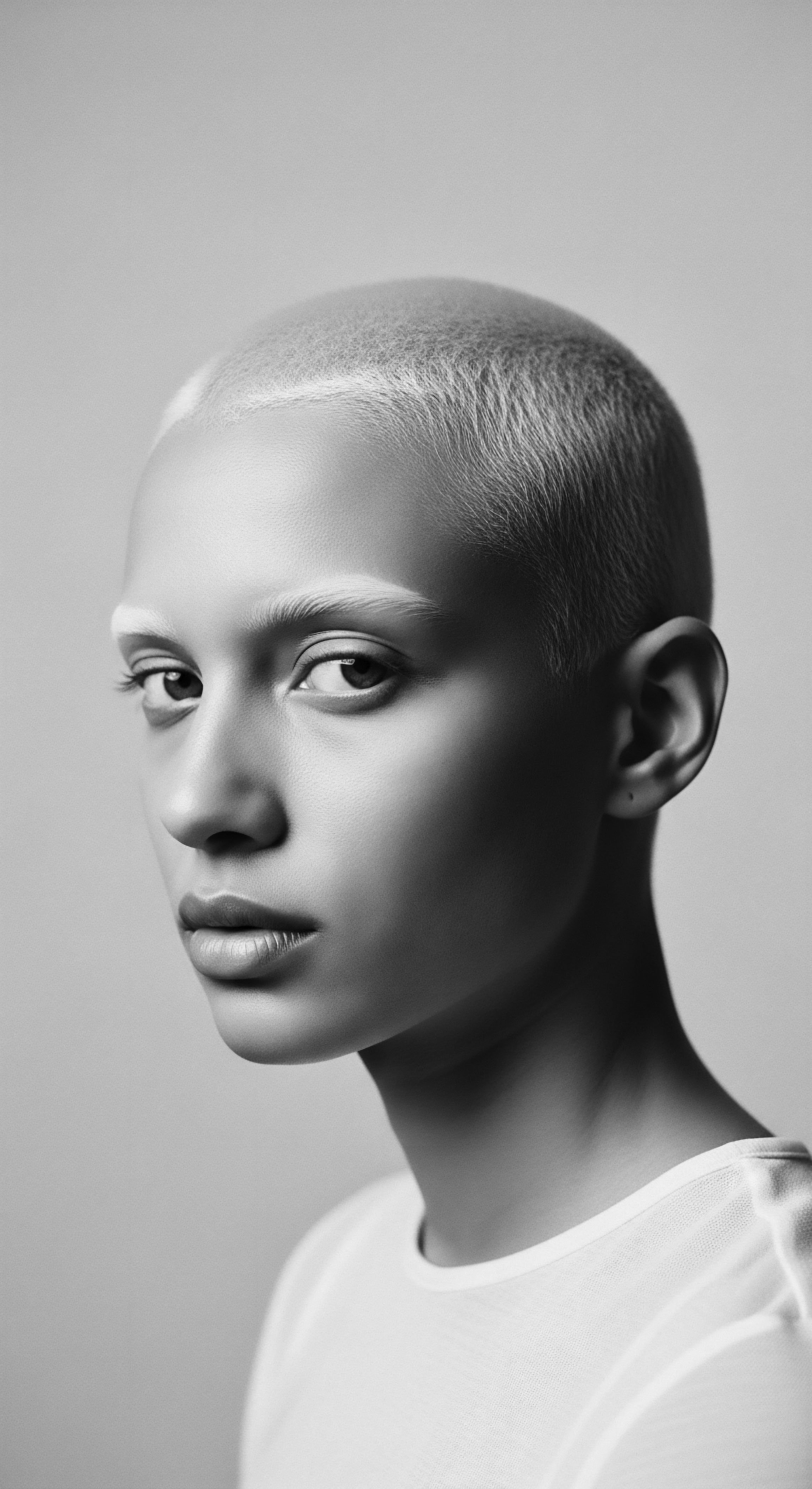
Natural Styling and Definitions Echoing Ancient Methods
The drive to define and celebrate natural texture, often through techniques like twist-outs, braid-outs, or finger coiling, mirrors historical methods of enhancing natural hair’s inherent beauty. Ancient Africans adorned their natural hair with various embellishments, from beads and cowrie shells to fabrics and precious metals. This celebration of natural form stands in stark contrast to periods where tightly coiled hair was deemed “unprofessional” or “unacceptable” due to Eurocentric beauty standards.
The contemporary natural hair movement, therefore, is not merely a modern aesthetic choice. It is a powerful reclamation of ancestral pride and a defiant assertion of self-acceptance.
Modern textured hair styling continues a conversation with history, recognizing that beauty is not merely skin deep, but often deeply rooted in tradition.
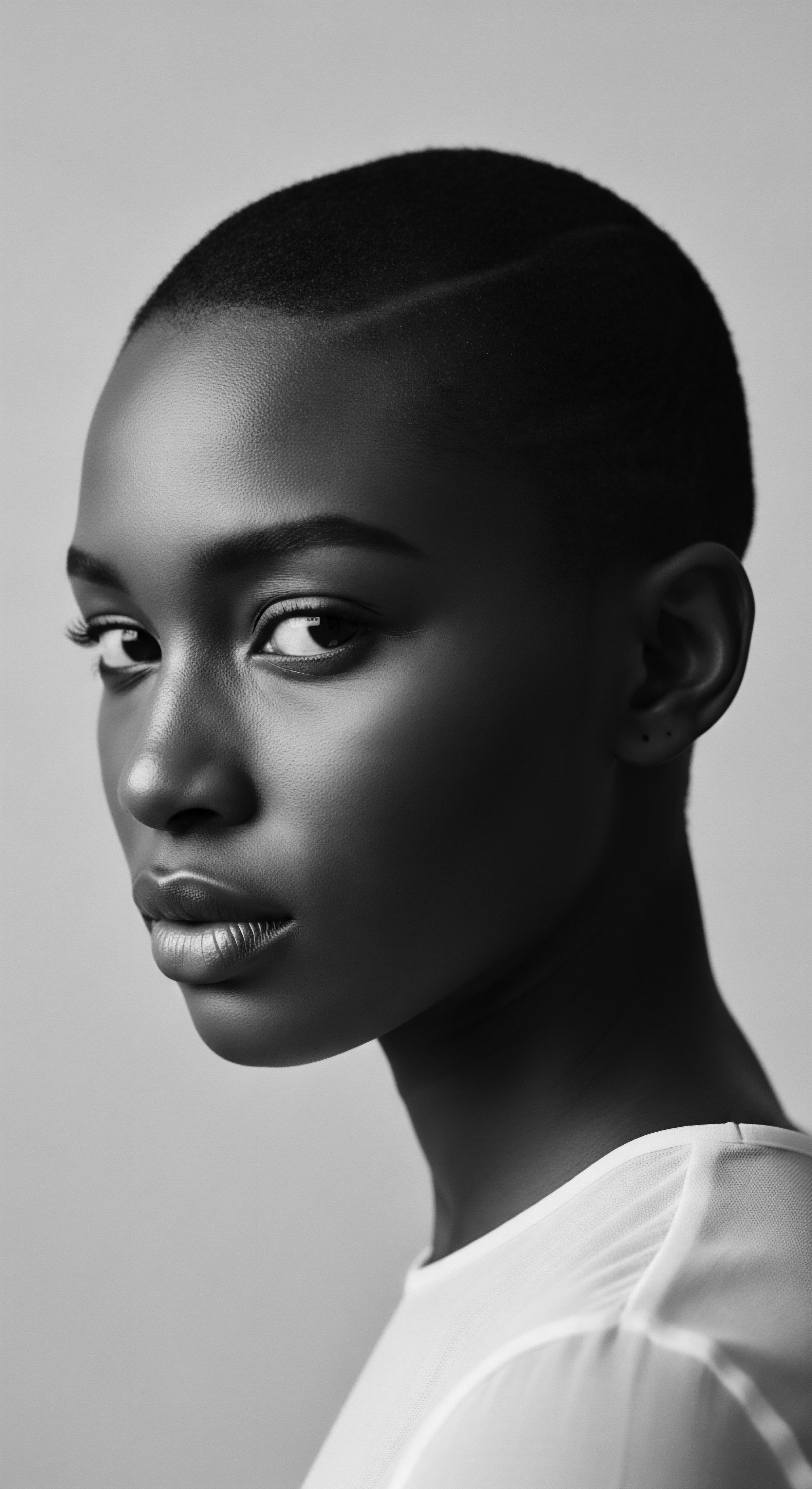
Tools of Tradition and Modernity
The tools used in textured hair styling also carry echoes of the past. While contemporary shelves offer a dizzying array of combs, brushes, and heat tools, their fundamental purposes align with ancient instruments. The wide-toothed comb, for instance, a crucial tool for detangling fragile textured hair, has its roots in ancient African combs.
These combs, often carved from wood or bone, were designed to navigate the unique characteristics of coiled hair, a testament to practical ancestral engineering. The very act of separating and tending to each strand with care, whether with ancient bone or modern plastic, carries the wisdom of hair as a delicate, powerful extension of self.
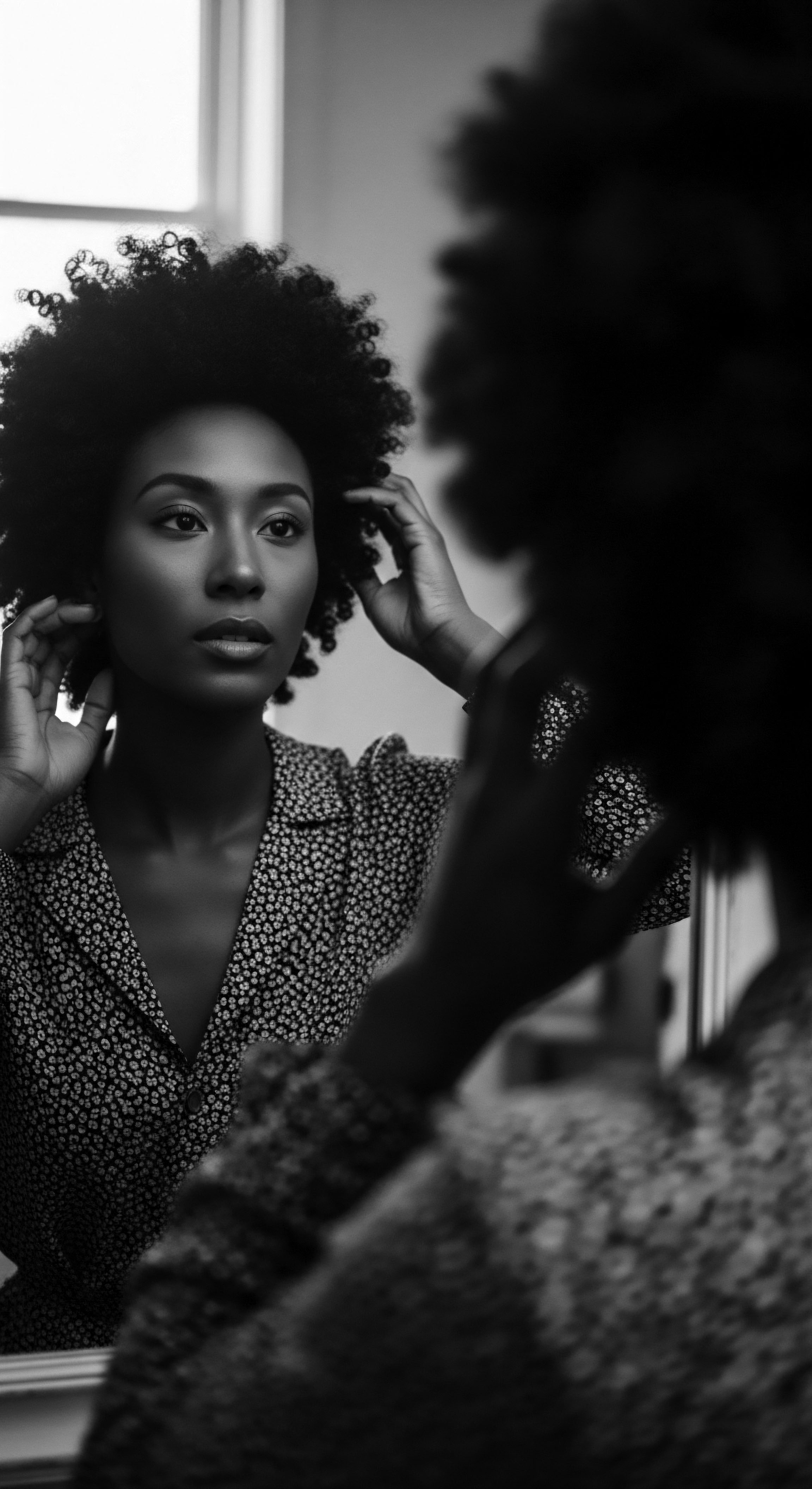
Relay
The way we care for textured hair today, from our daily regimens to our nightly rituals and problem-solving approaches, represents a vibrant relay of knowledge from ancestral wisdom to modern science. This relay is steeped in heritage, reminding us that holistic care is not a new concept, but a long-held understanding of the interconnectedness of hair health with overall wellbeing and cultural identity.

Crafting Personal Hair Regimens from Ancient Wisdom
Building a personalized textured hair regimen, a common modern practice, directly mirrors the adaptive and deeply knowledgeable care systems developed by our ancestors. Historically, African communities understood that hair care was not a one-size-fits-all endeavor. Different regions and tribes used specific local ingredients and methods tailored to their environment and hair types.
For example, the Himba tribe uses a mixture of ground ochre, goat hair, and butter for their distinctive dreadlocks, a practice suited to their arid environment. This adaptability and deep understanding of localized resources are precisely what modern personalized regimens seek to replicate ❉ a conscious, informed approach to hair care.

The Science of Ancient Botanical Treatments
Many traditional African hair treatments relied on botanicals with properties that modern science is now validating.
- Shea Butter and Argan Oil Both are widely used today for their moisturizing and barrier-forming properties, reflecting centuries of use in African communities for skin and hair health. Shea butter, specifically, is a creamy fat extracted from the nuts of the shea tree, found only in the West African savannah.
- Chebe Powder Hailing from Chad, this traditional mix of lavender crotons, stone scent, cherry seeds, cloves, and raisin tree sap is used to strengthen hair and reduce breakage, a practice that echoes a long-held belief in fortifying strands.
- Indigenous Plant Extracts Ethnobotanical studies reveal a continuity of knowledge. In Ethiopia, researchers documented 17 plant species used for hair and skin care, with particular success in cleansing and anti-dandruff properties. Another study in Northern Morocco identified 42 plant species used for hair treatment and care. These studies underscore the efficacy of traditional plant-based remedies, connecting ancestral practices with contemporary scientific inquiry.

The Nighttime Sanctuary and Bonnet Wisdom
The ubiquitous use of bonnets, scarves, and headwraps for nighttime hair protection among textured hair communities is a direct lineage from ancestral practices. During the transatlantic slave trade, enslaved women used headwraps not only to protect their hair from harsh conditions but also as a subtle act of defiance against European beauty standards. These head coverings became symbols of dignity, resilience, and cultural heritage, protecting hair while simultaneously preserving a sense of self and community.
The wisdom behind protecting hair during sleep, whether through intricate braiding or simple coverings, speaks to a deep understanding of maintaining moisture, preventing breakage, and preserving styles. This practice prolongs the life of hairstyles and minimizes manipulation, a key principle of healthy textured hair care. This historical continuity highlights that practical hair management has always been intertwined with cultural identity and a profound sense of self-worth.
The practice of protecting textured hair during rest is a quiet, powerful ritual, linking us to generations who understood the inherent value of their strands.
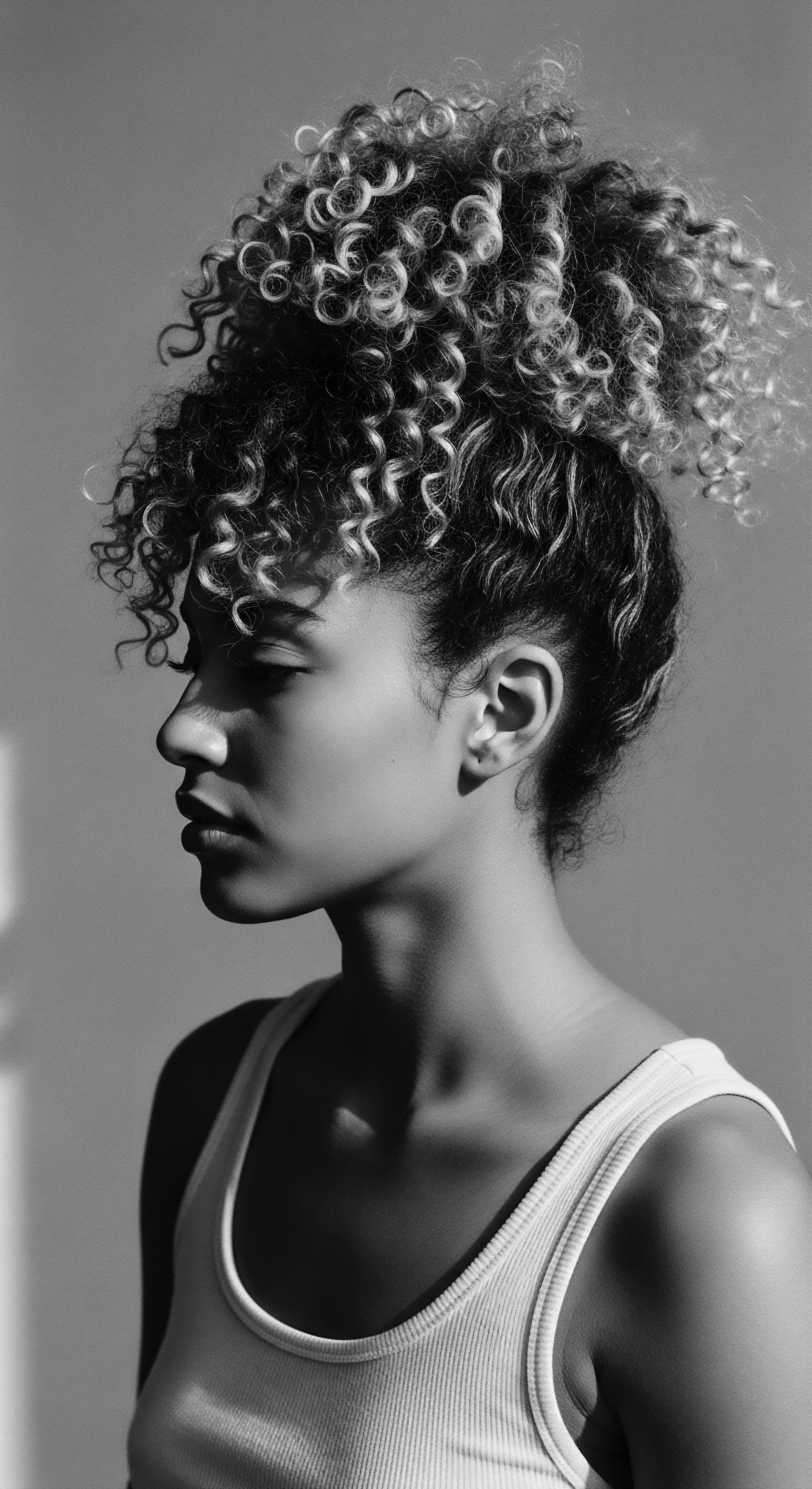
Holistic Wellbeing and Hair Health
The connection between hair health and overall wellbeing, a central tenet of holistic care, is a concept deeply embedded in ancestral wisdom. Many African cultures viewed hair as intrinsically linked to a person’s spiritual, social, and physical state. An “undone” appearance of hair in Nigeria, for example, could signify depression or illness.
Hair was seen as a conduit for spiritual energy and a source of power. This perspective encouraged a comprehensive approach to health, recognizing that the external manifestation of hair reflected internal balance.
Contemporary textured hair practices, when rooted in this ancestral philosophy, extend beyond superficial aesthetics. They acknowledge that diet, stress, environmental factors, and even emotional states can influence hair vitality. By drawing from traditional wellness philosophies, such as using plant-based nutrition for topical application, current practices align with a heritage that saw hair care as a component of a larger, integrated system of living. This continuity provides a powerful framework for addressing textured hair concerns today, grounding them in a legacy of deep care and profound wisdom.

Reflection
The enduring heritage of textured hair, far from being a static relic of the past, lives vibrantly within contemporary practices. Each coil, twist, and braid carries not just genetic code, but also the whispers of ancestors, the resilience of generations, and the profound wisdom of cultures that revered hair as a spiritual conduit, a social marker, and a testament to identity. From the precise care techniques that honor hair’s unique biology to the choice of natural ingredients long utilized for their efficacy, our current routines are a quiet, yet powerful, conversation with history.
This recognition, this conscious connection to the deep well of ancestral knowledge, transforms daily rituals into acts of remembrance and affirmation. Textured hair care, when truly understood, becomes a living archive, a continuous unfolding of heritage, forever linking the ‘Soul of a Strand’ to the collective story of a people.
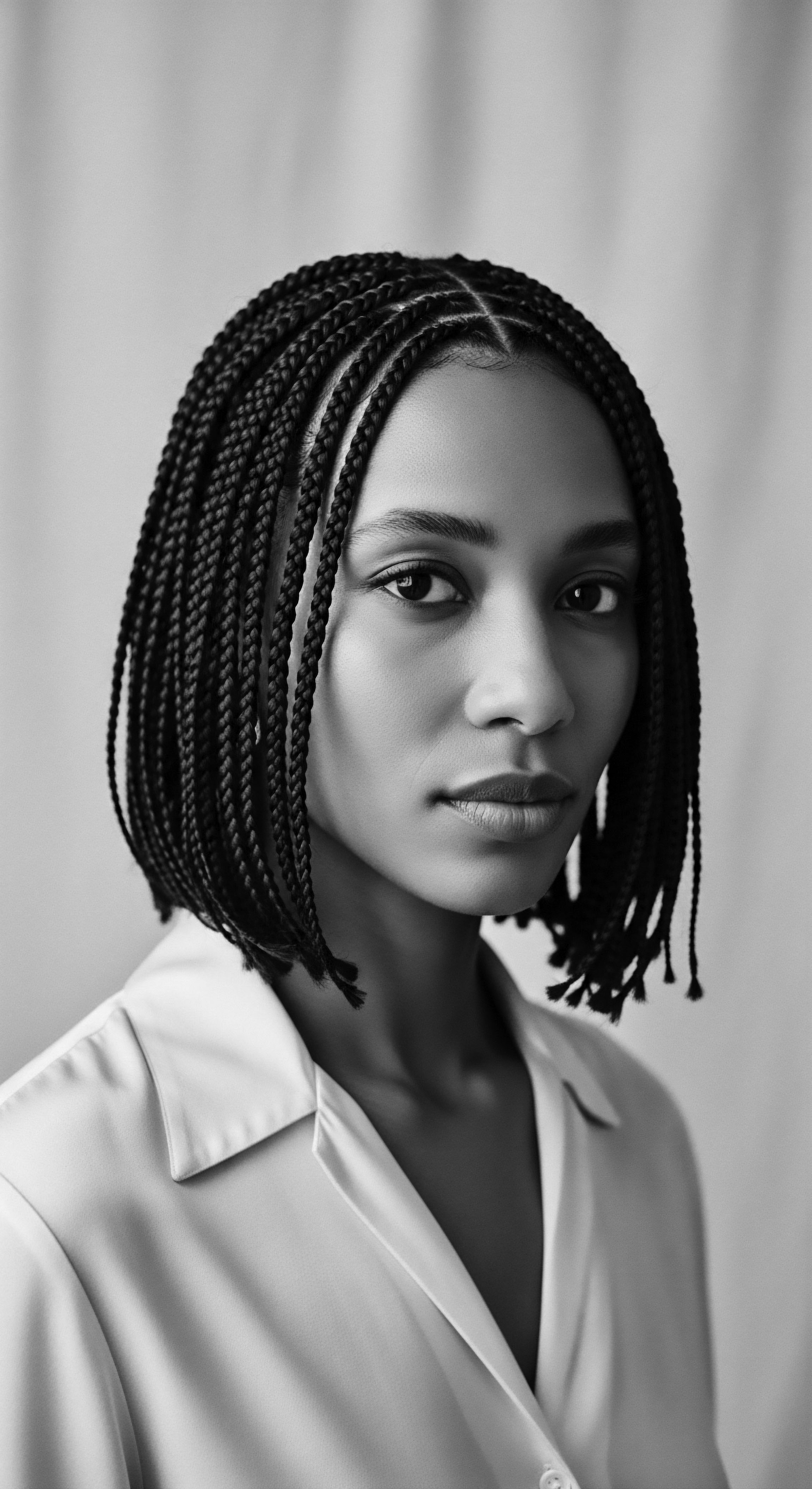
References
- Afriklens. (2024). African Hairstyles ❉ Cultural Significance and Legacy.
- BLAM UK CIC. (2022). The history of Black Hair.
- EdwardAsare. (2021). THE ROLE OF HAIR IN ANCIENT AFRICAN CULTURES.
- Flora & Curl. The History of Black Hairstyles.
- Jahangir, R. (2015). How does black hair reflect black history? BBC News.
- James, S. (2022). The Magic and Folklore of Hair.
- Khumbula. (2024). A Crowning Glory ❉ Hair as History, Identity, and Ritual.
- MDPI. (2024). Cosmetopoeia of African Plants in Hair Treatment and Care ❉ Topical Nutrition and the Antidiabetic Connection?
- Never the Less Inc. History of Black Hair Care.
- Odele Beauty. (2024). A History Lesson On Hair Braiding.
- Pit&Pit EN. Shea butter argan.
- Refinery29. (2021). The Evolution Of The Natural Hair Movement.
- Royaltee Magazine. (2021). Braids, Plaits, Locs ❉ The History of Black Protective Hairstyles.
- Sharaibi, O. J. et al. (2024). Cosmetic Ethnobotany Used by Tribal Women in Epe Communities of Lagos State, Nigeria. Juniper Publishers.
- The Gale Review. (2021). African Hairstyles – The “Dreaded” Colonial Legacy.
- The Purple Pulse. (2024). Protective hairstyles hold cultural significance.
- Umthi Beauty. (2022). The Spiritual Significance of African Hair this International Women’s Day and Beyond.
- WhiteLotusHairStudio. Black Hair History.
- Wikipedia. African-American hair.
- Wikipedia. Protective hairstyle.
- Willd, Z. s. (2025). Plants used for hair and skin health care by local communities of Afar, Northeastern Ethiopia. Ethnobotany Research and Applications.
